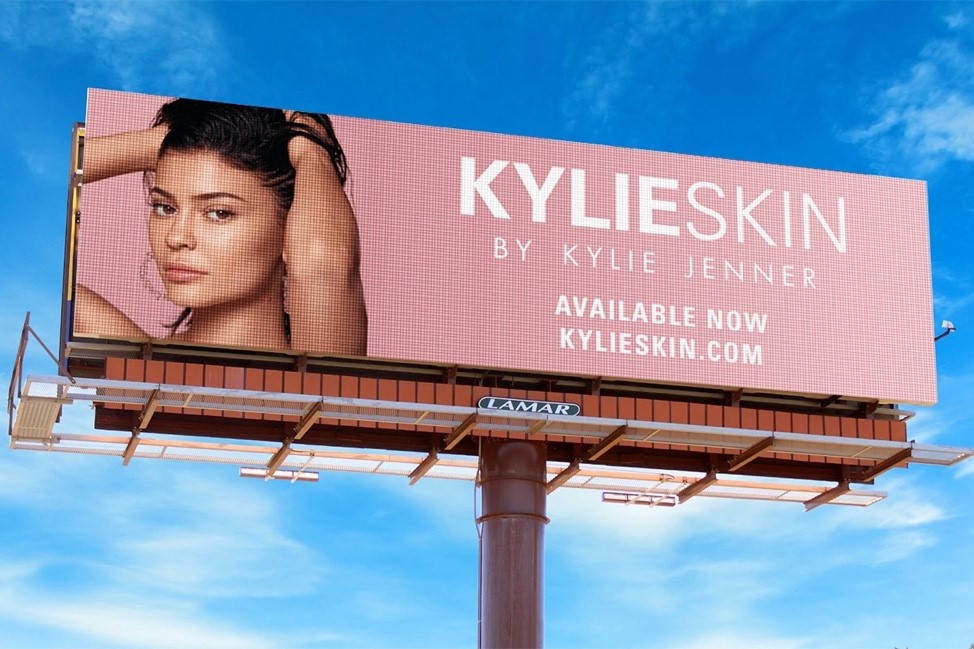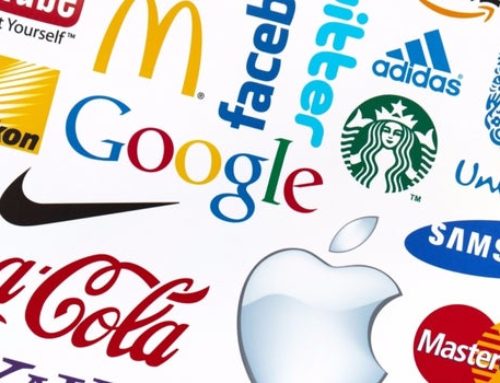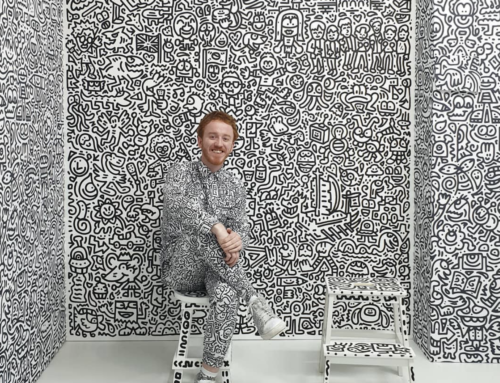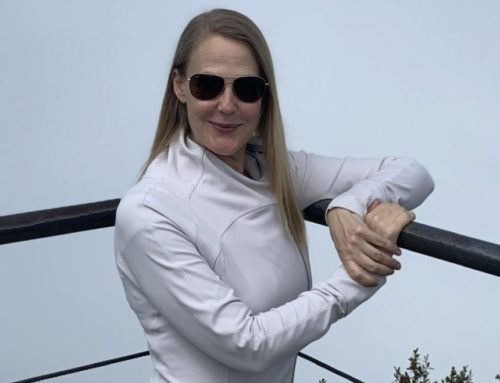“It is not necessary to do extraordinary things to get extraordinary results.”
-Warren Buffet
Make Your Brand Fully Present: Seen, Felt, Discussed
I have always been a fan of using out-of-home media to build brands, because it provides the opportunity for immediate visibility and a way to generate excitement and conversation. Digital out-of-home (DOOH) is out of home powered by Adtech– geofencing, tracking, retargeting, personalizing, attribution and measurement. With growing ad-free media consumption, it is an essential brand building tool to reach cord cutters and streamers. DOOH has the second largest reach after TV, is one of the fastest growing forms of advertising and allows you to customize brand creative on demand by location. Learn more from my interview with John McMenamin, a senior executive at Adomni media which provides a national network of DOOH screens and tools to build your brand.
The following has been edited for clarity and length. Listen to the full podcast HERE.
Jane Cavalier: Thanks for joining us on Overhead Space. Let’s start with the basics. How would you explain digital out-of-home?
John McMenamin: Digital out-of-home is a network of screens in a variety of locations that deliver dynamic advertising messages to audiences. There probably about 50 to 60 different types including roadside billboards, street furniture, subways, malls, nail salons, gyms, doctors’ offices, college campuses, bars, restaurants, deli’s and grocery stores.
Jane: What makes is digital out-of-home so attractive for brand building?
John: First, it offers a brand safe environment where there are no ad blockers and it precisely targets with customizable messaging. It’s a tremendous vehicle for reaching the light TV viewer, mobile user and cord-cutter. Campaigns can run by a zip code or by point of interest, and you can build a brand’s message from top of funnel through mid-funnel, right on down to the bottom funnel. It connects really well with younger generations who are used to getting short advertising messages on mobile devices.
Jane: What types of brands are using digital out-of-home?
John: It’s a full range of brands. Some of the top spenders are Netflix, Facebook, Google, Amazon and we also have small players like local law firms. Walmart has been using it to promote their pick-up and delivery services, two different services. I think they’re running it near 1,000 of their stores. They change the creative every day to customize messages around the convenience of home pick-up and store pick-up and home delivery.
Jane: How are you able to provide detailed demographics on people exposed to DOOH ads?
John: We work with a company that measures the traffic around the viewable area of each screen. They pick up anonymous information from mobile device patterns in proximity and ping about 200 million mobile devices a day. They also do a four-month look-back to provide a detailed audience profile based upon age, gender, demographics, where they shop. Are they yoga enthusiasts, national park goers, NFL fans?
Jane: Can you talk about the re-targeting people who have been exposed to a DOOH ad?
John: With re-targeting, a company can send the same ad or a different ad to a person’s mobile device that was picked up when that person was going through our measurement area. They can send it a minute later, an hour later, a day later . . . the same or different creative. Research shows that when someone sees an ad on an out of home screen, they have a 50% plus tendency to search that ad.
Jane: This seems like an affordable way to build a brand. Can you talk a little bit about the economics?
John: You can be a local law firm in Long Island and want eight screens within three miles of your office in certain types of venues and spend $3,000 for a month. Or, you could be a brand that wants a region, or 10 markets across the country or a national buy, and execute it with a CPM that’s far less than TV.
Jane: Can you talk about how Kylie Jenner used DOOH in launching her successful cosmetics brand?
John: She has the largest level of Instagram followers in the country, and wanted to bring a real world dynamic to launching her skin care line. They came to us late in the week, I believe it was a Friday, and wanted to launch on a Tuesday for just two days because they knew it would sell out. We aggregated across 26 publishers, 5,000 screen and several hundred markets, and launched a “coming soon” effort.
Jane: Can you talk about the digital dashboard that your company provides which gives direct access to your inventory, campaign customization and creation?
John: It’s a one-stop-shop platform where people can execute across as many publishers, media types, markets, geographies as they want. The do-it-yourself platform shows X amount of screens, X amount of media types, X amount of impressions, and average CPM. A person can say, “Okay, where do I want to be? Do I want to be in California? Do I want to be five miles from the Las Vegas strip?” They can go into the audience section and find over 1,100 filters including age, gender, income, household composition, national park goers, NFL fans and more. Our system stacks and ranks screens on a scale of 50 to 100, 100 being the highest propensity to deliver the specified audience. They can simulate the creative on the screens. They can look at a map, hover over the dots and see the screens there.
Jane: Can you tell me about the recent deal with Uber?
John: It’s an exclusive called Uber Out-of-Home Powered by Adomni. Uber is putting digital toppers on top of cars that represent the top 1% of their drivers. It is rolling out in Atlanta, Dallas, and Phoenix, and then expand to about 8,000 automobiles by the end of the fourth quarter.
Jane: This is a big election year. Can you envision political candidates using digital out-of-home in their election campaigns?
John: Well, I think it’s a very important vehicle for them. They’ve always relied on television, but this gives them the ability to have market-to-market, ZIP code to ZIP code, voting block to voting block type of delivery with dynamic messaging. They can move their face to the right places at the right time with the right message for the right duration seamlessly and very quickly.
FACT FOR THOUGHT
$600 Million, 150 Million, 22
In November 2019, Kylie Jenner sold a $600 million stake in her cosmetic company to Coty Inc, a beauty company that owns CoverGirl, Tiffany & Co. and Balenciaga among other notable beauty and fashion brands. The deal valued Kylie’s company at $1.2 billion. Jenner has more than 150 million followers on Instagram, which allows her to advertise directly to her devoted fan base with virtually no marketing expenses. Jenner turned 22 in August 2019.
–USA Today
Enjoying Overhead Space? There’s More to Love.
Subscribe to Overhead Space to receive mind-expanding content that helps you connect the dots in new ways.




